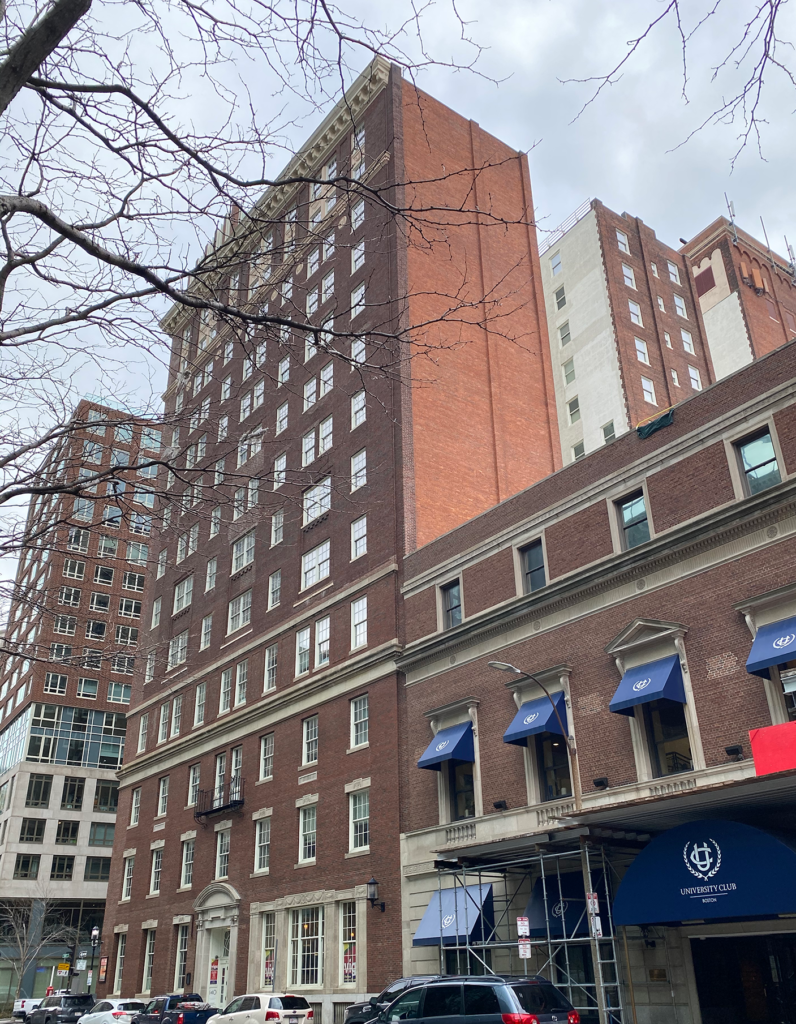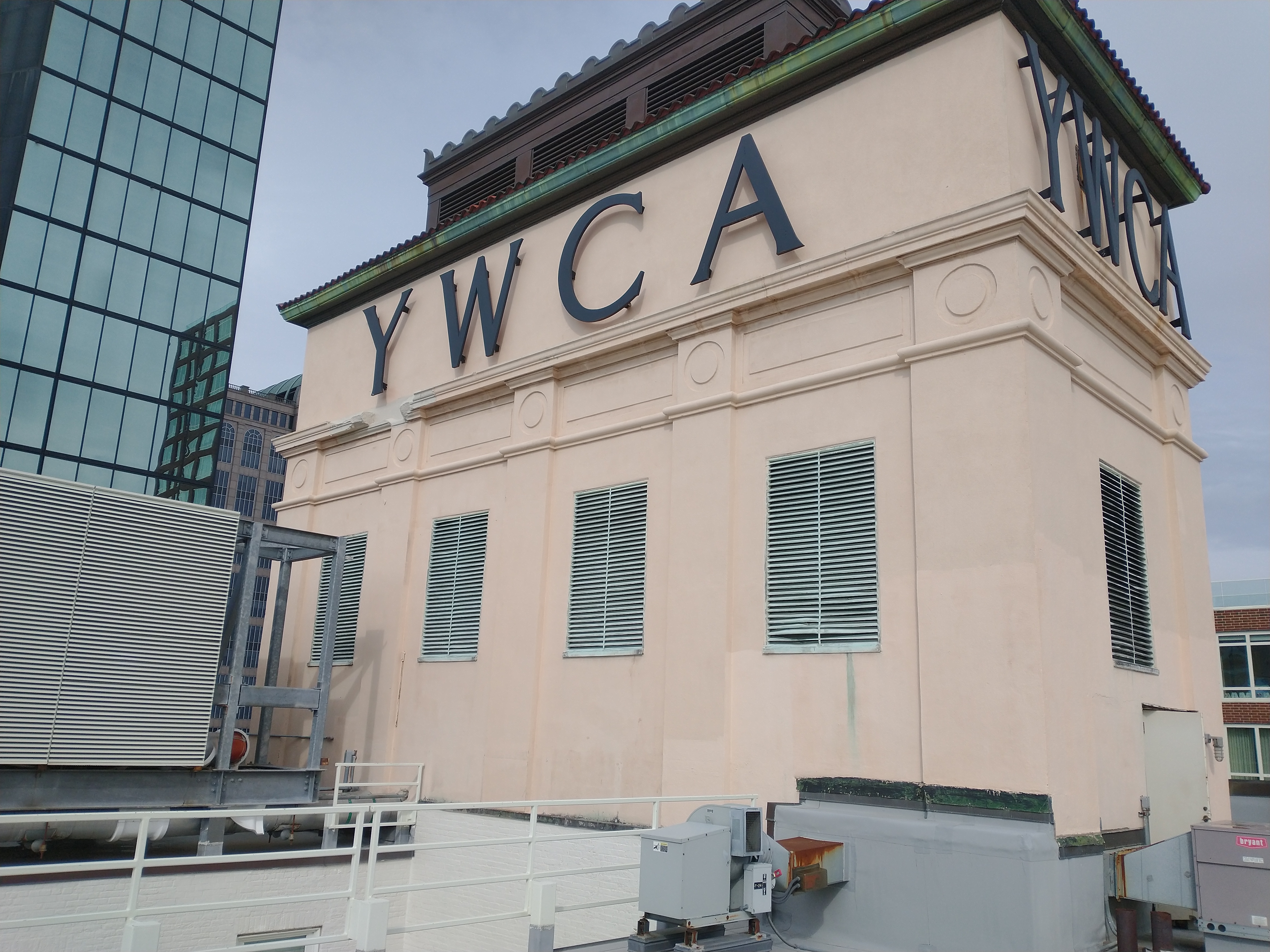Challenges of Historic Preservation
By Ryan Montoni & Tom Chase
Simultaneously prioritizing both the preservation of historic features and improving operational energy performance in rehabilitation projects is often difficult because both goals generally require physical interventions that are at odds with each other.
This challenge is particularly evident for the current rehabilitation ongoing at 140 Clarendon Street in Boston, a 14-story, 150,000 square foot building located in the Copley neighborhood of Back Bay. For the redevelopment process, this building was subject to MA Energy Code and City of Boston Article 80 and Article 37 “Green Buildings”, which New Ecology, Inc. helped the project team navigate and document compliance. MA Energy Code requires the project to follow the ASHRAE or IECC prescriptive pathway, mandating that any systems that are updated as part of the renovation be brought up to current code, including the building enclosure. NEI performed an ASHRAE Level 2 Energy Audit to comply with this requirement.
The building was originally constructed in 1929, under the ownership of the Young Women’s Christians Association (YWCA). The organization has a deep history in Boston, and has been dedicated to eliminating racism, empowering women, and promoting peace since its founding in 1866. The building was listed on the National Register of Historic Places by the US National Park Service in 2004, and now includes space for several uses including a school, library, laundromat, performance facilities for the Lyric Opera, and 210 units of affordable housing, including dedicated units for formerly unhoused individuals.
For this project, insulation was added to the roof. The energy audit helped determine that adding insulation to the exterior walls was neither cost effective, nor allowed by National Park Service restrictions for exterior or interior insulation on exterior walls. Replacing custom historic replica windows with triple pane may be possible in the future, but is cost prohibitive at this time.

For mechanical systems, space heating and domestic hot water will continue to be served by the district steam loop which is served by a combined heat and power plant operated by Vicinity Energy. Vicinity Energy has announced intentions to reduce carbon emissions. Instead the audit focused on identifying supporting equipment that may need to be replaced with new and more efficient models such as the cooling tower, heat exchangers, and air handler components. The audit also recommends changing the cooling tower water treatment to reduce its treatment chemicals. Most of the residential units being updated were previously renovated in 2004, so only a few heat pump fan coil units in these areas will require replacement.
To meet Article 37 requirements, the City directed the project to utilize LEED for Existing Buildings instead of LEED for New Construction. LEED for New Construction is primarily a new construction and gut renovation rating system, and 140 Clarendon would not be able to meet the LEED energy use threshold given the existing condition, historical restrictions, and proposed scope.

The owner, Beacon Communities, and the City share a common interest in making this building as high-performance as possible given the current conditions, and have drafted a plan to explore electrification and decarbonization of the building over time, recognizing that the improvements planned in the current renovation also represent a significant reduction in carbon emissions. Importantly, the redevelopment project will also preserve the building and the majority of the embodied carbon attributable to the materials already in place.
For 140 Clarendon, historic preservation will facilitate for short-term, modest operating carbon savings and extensive embodied carbon savings due to the rehab nature of the project and the reuse of structural and enclosure materials that avoid a large embodied carbon impact which would have resulted from building new. The project broke ground in December 2021.

